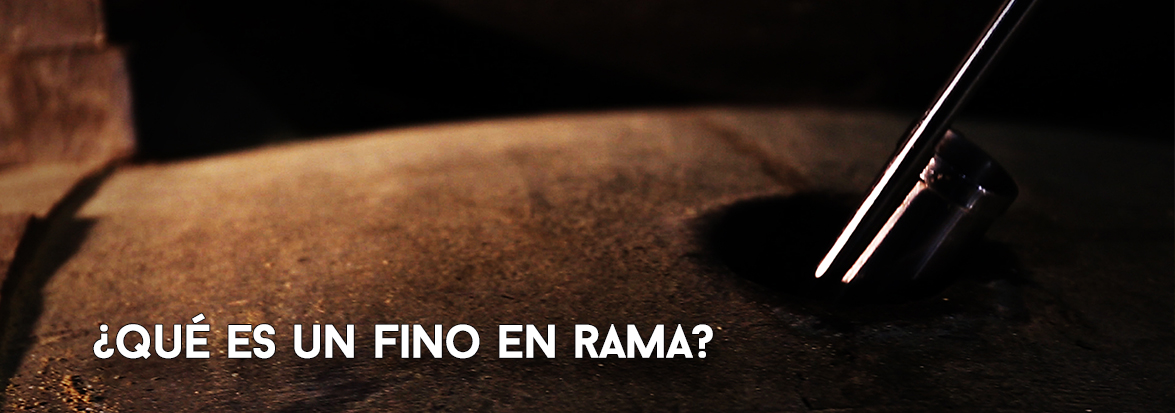What is a fino en rama?
When the time comes to bottle a fino, it is standard practice to stabilize and filter it first. Stabilization involves two steps: the wine is chilled down to -6o then frozen in order to prompt precipitation of a series of elements present in the wine. This is done so that there are no precipitates in the bottle when the end consumer chills the wine. Prior to this the wine is clarified using natural agents that draw together the solids that are in suspension in the wine

The first difference between a fino en rama and a traditional fino occurs at this stage. Our Tío Pepe en rama does not go through a stabilization process which is why, in common with other en rama finos, it tends to display some cloudiness and some tiny particles will be visible. These are nothing other than potassium bitartrate crystals and yeasts that are naturally present in the wine.
The second difference relates to filtering the wine, which is designed to eliminate the tiny particles it contains in suspension and thus leave it clear and bright. Tío Pepe en Rama is not filtered; it is a fino that is bottled straight from the butt, to be enjoyed with its full aromas and flavours.
The Soul of Tío Pepe en Rama
Tío Pepe en Rama harks back to the days when José Ángel y Vargas, the original Tío Pepe, used to go to the winery with his friends for a drink and would pour a fino straight from the butt into the glass. So, when you pull the cork from a bottle of Tío Pepe en Rama, you are re-living those moments that gave rise to the world’s most emblematic fino, Tío Pepe.
Tasting notes
Tío Pepe en Rama is a deep “golden straw” colour with a slight cloudiness to it. It displays aromas of fresh bread dough, whilst the aromas that are typical of biological ageing and that we describe as “pungent’ are also very prominent, with the salty, bitter notes giving it a spectacular finish on the palate.One “saca” every year
 Tío Pepe en Rama displays unique features every year, along with notes that are subtly different from other years. The use of the system of soleras and criaderas means that ageing sherry wines is a dynamic process, which is why we talk about having several vintages in the same glass of fino. Tío Pepe en Rama embodies a specific moment in this dynamic ageing process, the moment of each “saca” (or drawing off of the wine) on the day the ‘flor’ was at its most splendid. Whilst the wines are carefully selected in the winery, the weather during the year also exerts an influence, so that the wine is subtly different each year, displaying a personality and character all of its own. As a final note, do remember that Tío Pepe en Rama is suitable for vegans to drink.
Tío Pepe en Rama displays unique features every year, along with notes that are subtly different from other years. The use of the system of soleras and criaderas means that ageing sherry wines is a dynamic process, which is why we talk about having several vintages in the same glass of fino. Tío Pepe en Rama embodies a specific moment in this dynamic ageing process, the moment of each “saca” (or drawing off of the wine) on the day the ‘flor’ was at its most splendid. Whilst the wines are carefully selected in the winery, the weather during the year also exerts an influence, so that the wine is subtly different each year, displaying a personality and character all of its own. As a final note, do remember that Tío Pepe en Rama is suitable for vegans to drink. 


